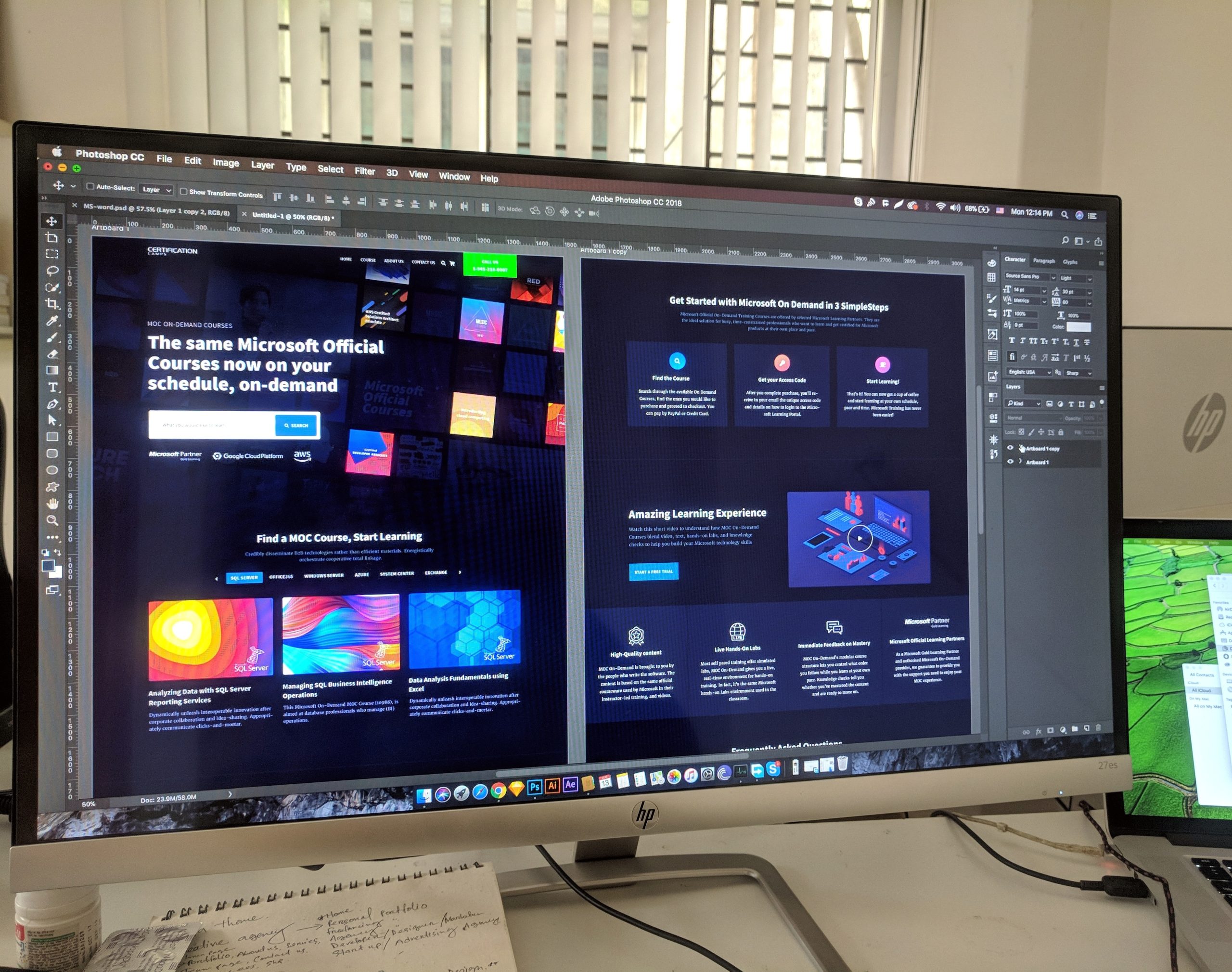Gamification is becoming an increasingly popular trend in the software as a service (SaaS) industry. It has been used to great effect in various contexts and industries, helping businesses to engage their users and customers for extended periods of time. This article provides an in-depth look into the concept of gamification and its use in SaaS products, offering a comprehensive guide on how it can be effectively implemented and utilized.
What is Gamification?
Gamification is a technique that involves using game mechanics and design elements to make mundane tasks more engaging and fun. The concept has been around for decades, but it has gained significant traction in recent years, especially in the software as a service (SaaS) industry. Gamification aims to make users more motivated to complete tasks by giving them rewards or recognition for their efforts.
In SaaS, gamification can be used to improve user engagement with products and services. For example, businesses can use leaderboards or badges to incentivize users to participate in activities such as leaving reviews or referring friends. This helps promote brand loyalty and attracts new customers through positive word of mouth.
Another significant benefit of gamification is that it allows businesses to collect valuable data on user behavior. By tracking how users interact with specific features or incentives, companies can gain insights into what drives customer engagement and satisfaction levels. This information can then be used to optimize product development and marketing strategies for better results.

Benefits of Gamification in SaaS
Gamification in SaaS can bring numerous benefits for businesses. Firstly, it can help to increase user engagement and retention by creating an enjoyable and rewarding experience for customers. Gamification techniques such as leaderboards, badges, and progress bars can motivate users to complete tasks or reach certain milestones.
Secondly, gamification can also drive user adoption and reduce churn rates by making the software more approachable and easy to use. By adding game-like elements to the interface, users are more likely to explore the features of the software and become familiar with its functionality.
Finally, gamification can also provide valuable insights into user behavior through analytics data collected from game mechanics. This information can be used to improve product design, identify areas of improvement or highlight pain points that need addressing in order to enhance customer satisfaction. All in all, incorporating gamification into SaaS products has proven to be a successful strategy for increasing engagement levels while improving user retention rates.
Integrating Gamification into Your Platform
Gamification is the application of game-design elements to non-game contexts, such as business or education. Integrating gamification into your platform can be a powerful way to boost engagement and motivate users. Whether you’re developing a SaaS product or managing an online community, gamification can help you create a more compelling user experience.
One popular approach to gamification is the use of badges, achievements, and other rewards for completing certain tasks or reaching specific milestones. These rewards can fuel a sense of accomplishment and encourage users to keep coming back. Another strategy is to incorporate competition and social interaction into your platform by enabling users to challenge each other, share their progress on social media, or collaborate on team-based challenges.
However, it’s important not to overdo it with gamification. Too many notifications, prompts or popups can become intrusive and annoying which may lead users away from the product rather than towards it. It’s also essential that the game mechanics align with your platform’s purpose otherwise it could come across as gimmicky instead of helpful in achieving its goals; therefore careful consideration should be given when integrating gamification into your platform so that it becomes a natural part of its design rather than an add-on feature.
An Atlanta web design company can be instrumental in effectively incorporating these gamification elements into your digital platform. Leveraging their expertise in user experience and interface design, these professionals can ensure that the gamification features enhance, rather than distract from, the core functionality of your platform.

Creating a Successful User Experience
One of the key components to creating a successful user experience in gamification in SaaS is to make sure that the game mechanics are well designed and balanced. This means that there should be clear objectives for users, ways to earn points or rewards, and feedback loops that allow users to see their progress. Additionally, it’s important to ensure that the game is challenging enough to keep users engaged but not so difficult that they become frustrated.
Another important aspect of creating a successful user experience is providing ample opportunities for social connection. This can take many forms, such as leaderboards where users can compete against one another or forums where they can discuss strategies and share tips. By building a community around the gamified experience, you create a sense of belonging among your users which helps increase engagement.
Finally, it’s essential to test and optimize your gamified SaaS product over time. By using data analysis tools like Google Analytics or Mixpanel, you can gain insights into how users are interacting with your product and use this information to make informed decisions about changes or updates needed for optimal performance.

Strategies for Effective SaaS Gamification
Gamification has become an increasingly popular trend in the SaaS industry as businesses look for new ways to engage and retain users. However, simply adding game-like elements to your software is not enough. To create effective gamification strategies, it is important to consider several factors such as user demographics, goals, and motivations.
One key strategy for effective SaaS gamification is to focus on creating a sense of progress or achievement for users. This can be done through visual indicators like progress bars or badges that reward users for completing specific tasks or reaching certain milestones. Additionally, implementing social features such as leaderboards or team challenges can increase engagement by fostering competition among users.
Another effective gamification strategy involves offering rewards that are meaningful and relevant to your user base. These rewards can range from virtual items like in-app currency or exclusive content to real-world incentives such as discounts on products or services. By offering rewards that align with your user’s interests and needs, you can incentivize behavior that drives business value while also enhancing the overall user experience of your software.

Analyzing and Optimizing Performance
Gamification has been a significant trend in SaaS for several years now, and it is not hard to understand why. Gamifying products can help increase user engagement and retention rates, leading to more revenue over time. However, gamification alone does not guarantee success. Analyzing and optimizing the performance of your gamified SaaS product is crucial to achieving long-term success.
One way to analyze the performance of your gamified SaaS product is by monitoring user behavior through analytics tools. These tools provide valuable insights into how users interact with your product, allowing you to identify areas that may need improvement or further development. By analyzing data such as user engagement levels, conversion rates, and churn rates, you can fine-tune your product’s design and features for optimal performance.
Optimizing performance involves using the insights uncovered during analysis to make changes that improve user experience and drive business goals forward. Some optimization strategies include simplifying onboarding processes or adding new game elements that incentivize desired behaviors. Optimization should be an ongoing process that evolves as your users’ needs change over time. By continuing to analyze and optimize your gamified SaaS product’s performance regularly, you can ensure its continued success in a competitive market environment.
Conclusion: Maximize SaaS Potential
In conclusion, gamification can be a powerful tool for maximizing the potential of your SaaS product. By incorporating game-like elements into your software, you can increase engagement, user satisfaction, and ultimately drive revenue growth. However, it’s important to approach gamification strategically and with a deep understanding of your target audience’s needs and preferences.
To maximize the potential of gamification in SaaS, it’s crucial to conduct thorough research on what motivates your users and what specific game mechanics are most effective for driving desired behaviors. Additionally, it’s important to continually test and iterate on your gamification strategy based on user feedback and data analysis.
Finally, remember that gamification is just one aspect of creating a successful SaaS product. It should be used in conjunction with other best practices such as intuitive design, robust functionality, responsive customer support, and effective marketing strategies. By taking a holistic approach to building and growing your SaaS business, you’ll have the best chance at achieving long-term success.
